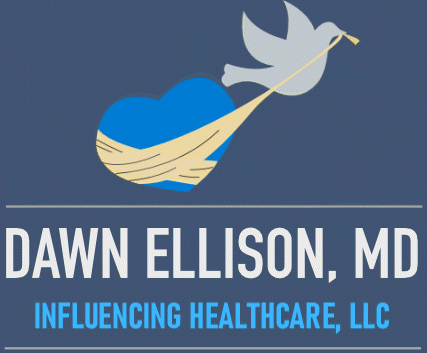Addressing the Growing Gender Gap in Physician Burnout
How Healthcare Organizations Can Prevent Stress in Female Physicians
A recently published survey regarding “Physician & Advanced Practitioner Well Being Solutions” found a gap exists in the stress levels of male and female physicians. Simply put, female physicians are significantly more stressed than their male counterparts – a concerning trend considering the Association of American Medical Colleges (AAMC) found in 2017 that more women entered U.S. medical schools than men for the first time. This article recaps their survey findings in more detail and provides more context on this emerging gender gap.
Families, individual physicians and healthcare organizations all have an important role to play in curbing physician burnout and eliminating this gender gap. Here are some ways I recommend it can be done:
1. Clearly Define and Share Domestic Responsibilities
Many female physicians I’ve worked with bear the majority of the responsibilities in their households. In our discussions, I encourage women and their families to work together to define what responsibilities they have as a household, and then to share the responsibilities fairly. Improving awareness and communication on the topic alone can make a big difference.
2. Improve Organizational Flexibility
While female physicians feel stress more than men from their work, I have also noticed they may derive more enjoyment from the family time and passions they have. Healthcare organizations need to forge cultures that encourage and promote flexibility. The more that women are equipped with the tools to balance their jobs with their families and interests, the better for everyone.
3. Create Team-Based Care Systems
Women often feel like they need to do everything for everyone, every time. It’s an impossibly high bar female physicians set for themselves, and any failure to live up to their own expectations creates added stress. Healthcare organizations can work to neutralize this by creating team approaches to care that lesson one person’s individual responsibility, and instead giving them more time to pursue relationships with patients.
4. Be Aware and Compassionate
All of the above situations involve improving one’s awareness of female physicians’ everyday roles and responsibilities. Furthermore, everyday organizational dynamics often work against women. Women need longer pauses between speakers in conversations and consequently have difficulty getting a “word in edgewise”. Also, staff within the same organizations tend to see women more as their “friends” and men as their “colleagues.”
A simple awareness of these issues, and a compassion about them, can make a huge difference. Make people in meetings aware of these gender differences in speech patterns and point out to staff when they inadvertently treat male and female providers differently. These are unconscious biases. Appreciating them as unconscious helps us to address them without tension.
Here are some other articles you may enjoy reading:
Why Group Decision Making is Key
Trust in one another is the necessary foundation for group discussions that result in making group decisions.
A Collaborative Workplace Culture is Priceless
Our relationships with coworkers can impact the workplace morale as well as patient care. Learn about how incorporating all voices can lead to improvements across the board.
A Participative Process is Worth the Effort
Through the spirit of collaboration, optimal health and wellness can be achieved by communicating with patients, families, communities, and other members of the healthcare team.






